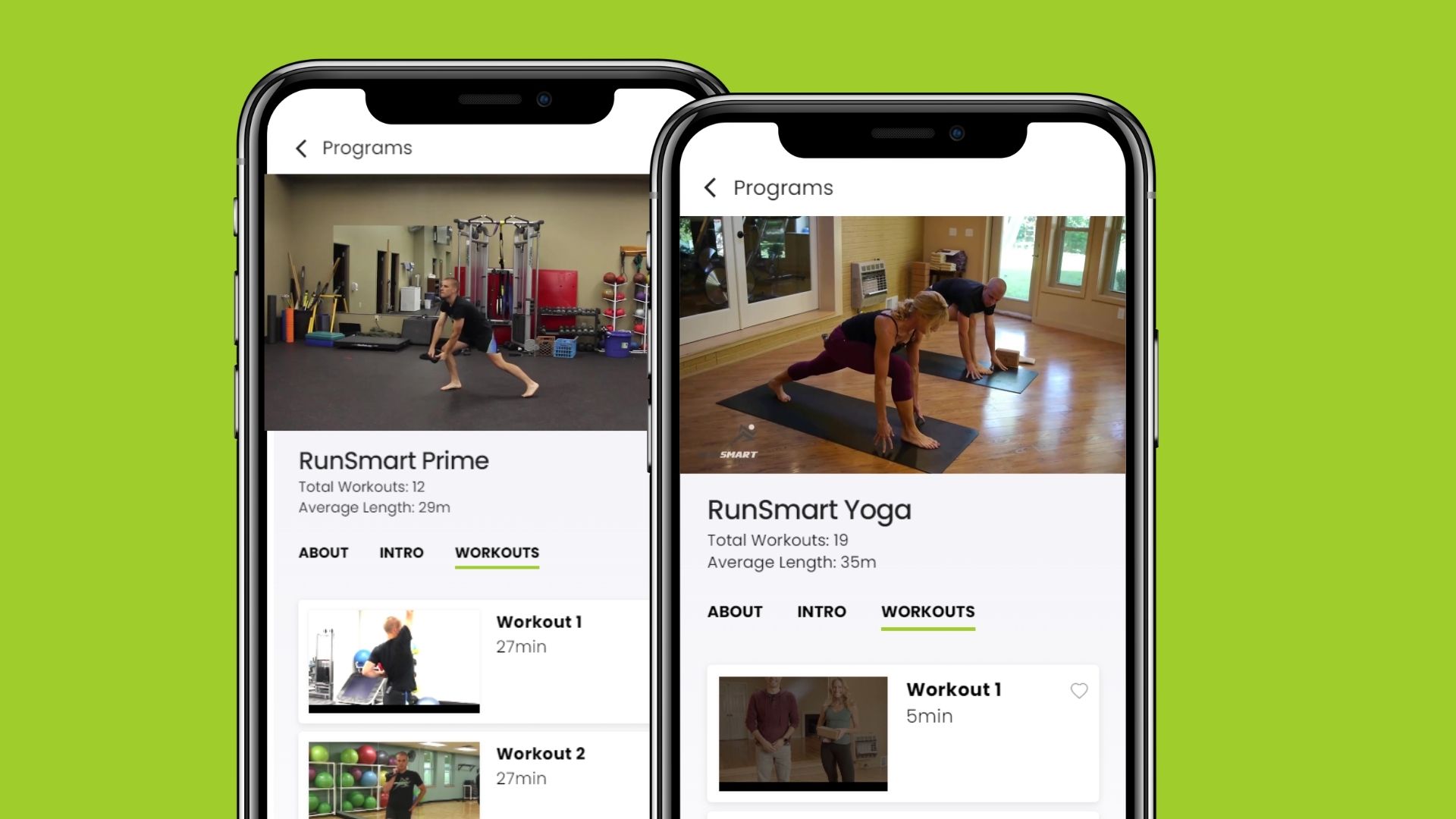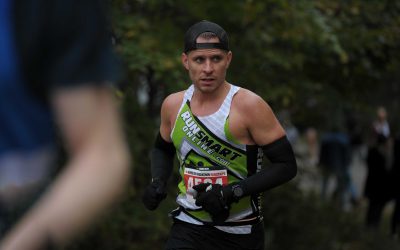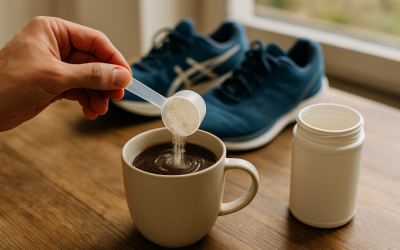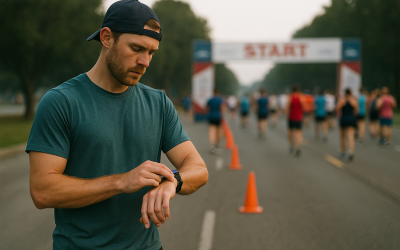Are you wondering about arm & upper body position while running?
If so, you’re not alone. Depending on who you ask, you might get different answers.
As a Physical Therapist since 2009, I’ve worked with thousands of runners, and most are uncertain how the arms and trunk affect run form. So, why not write a blog post?
Research does not support my take on upper body motion (there isn’t any). However, the theory is rooted in anatomy and kinesiology.
“(def: kinesiology focuses on the scientific study of human movement and how physical activity)”
Here’s what you need to know:
Running is similar to nearly every daily task or sport — it’s NOT an isolated movement from the legs.
Watch this to learn more:
Ready for a Run Form Tune-Up?
Record & upload your running video and let our Physical Therapists show you the path to fast and pain-free running.
Whether throwing a ball, picking up a grandchild, or swinging a golf club, your body simultaneously conducts a series of movements.
Let’s step back from running and talk about throwing right-handed. The task isn’t accomplished by moving your trunk, shoulder, and elbow separately.
Instead, your body completes a complex movement starting at your toes. The motion passes through the legs and trunk into the shoulder and the arm. The process reverses itself as it transitions from the cocking phase to the throwing phase.
Why does this matter?
Your body moves in complex ways — running included.
The legs require the upper body to rotate. The sync of the upper and lower body is normal, and it’s normal in walking, and it’s normal while running.
When runners neglect upper body motion, they open the door for injury and lose power in their stride.
Two reasons runners fail to rotate:
01 Learned habit
Over time, this becomes a learned habit and can be tough to break. Focus on small and comfortable rotations. Practice while running.
02 Poor posture.
Lack of mobility in the mid back could prevent the upper body from rotating naturally. Stretching and mobility exercises typically work great in this situation.
The take-home message is this:
The syncing of upper and lower body movements is natural. Runners who limit or resist upper body motion reduce their power and speed and open the door for injury.
Want to improve your run form?
LIMITED TIME
Save 20% on a RunSmart Analysis with code RUNFORM20
Now through October 15, reserve your RunSmart analysis and have a Physical Therapist analyze your running from head to toe.
Recording and uploading are simple from your phone. Our team will give you a complete frame-by-frame analysis and how you can enhance your stride for more speed & fewer injuries.




